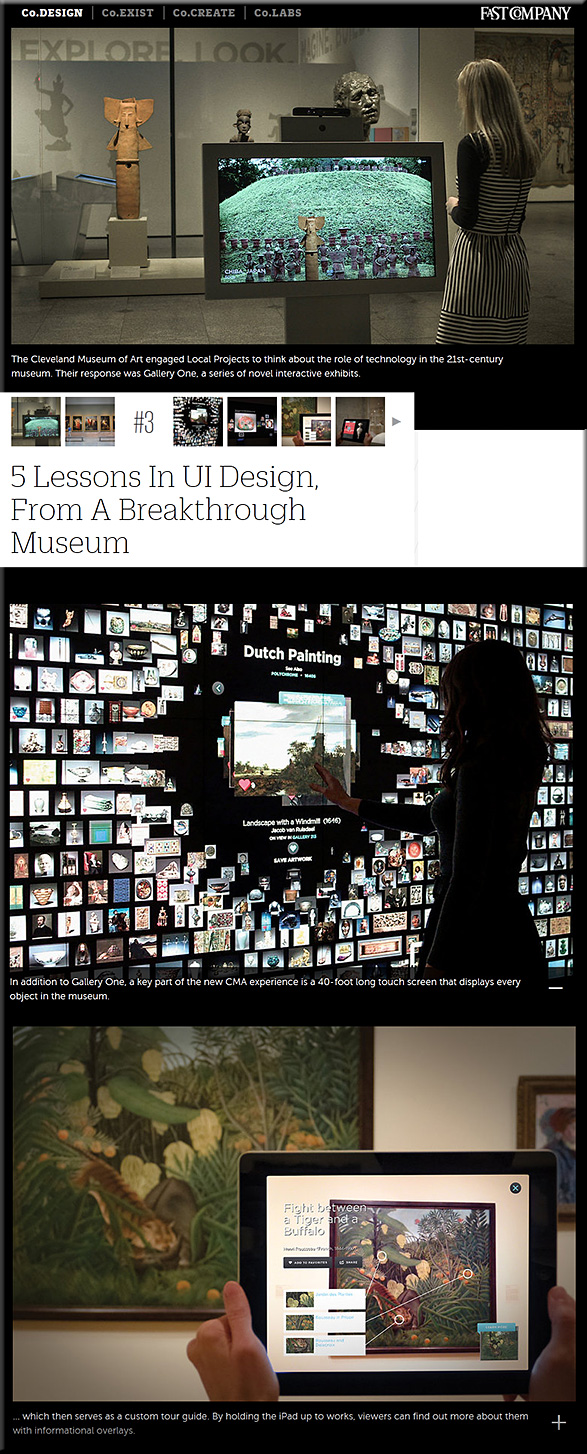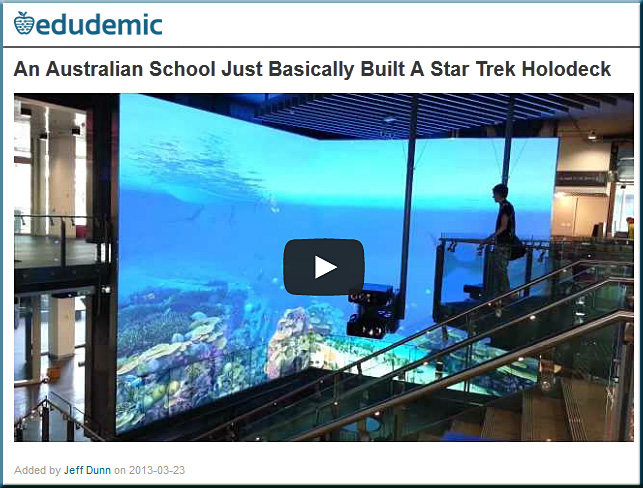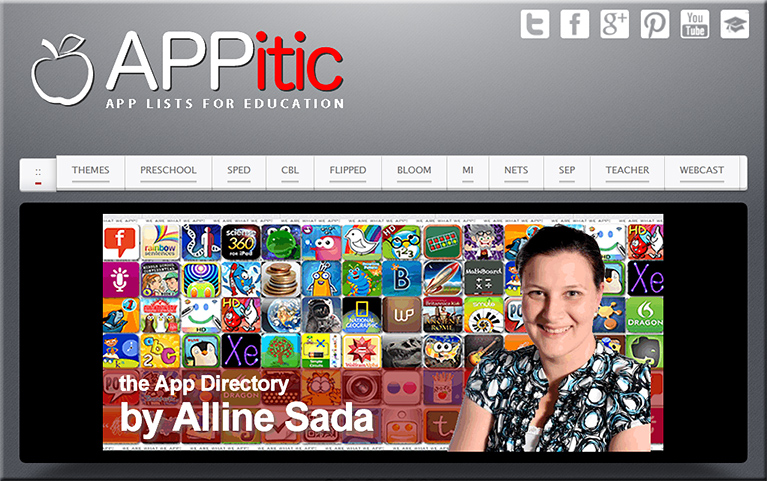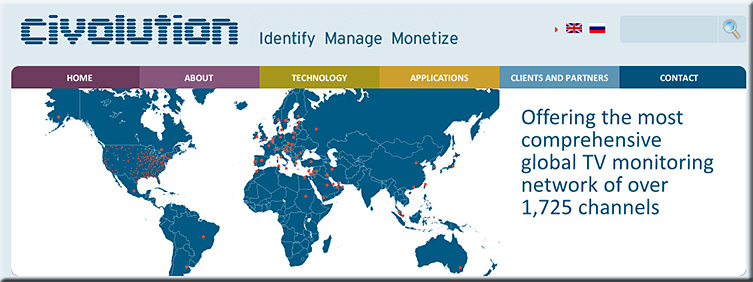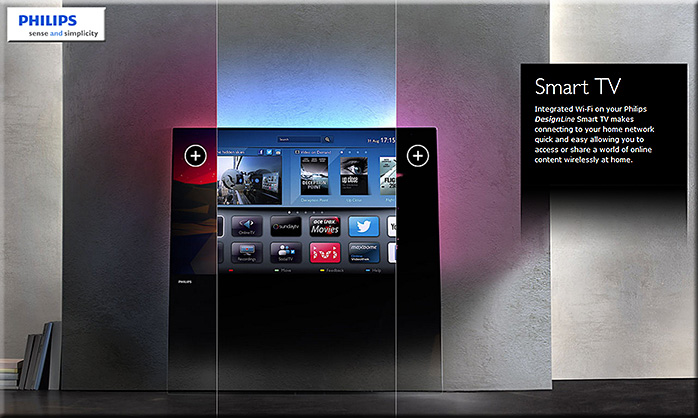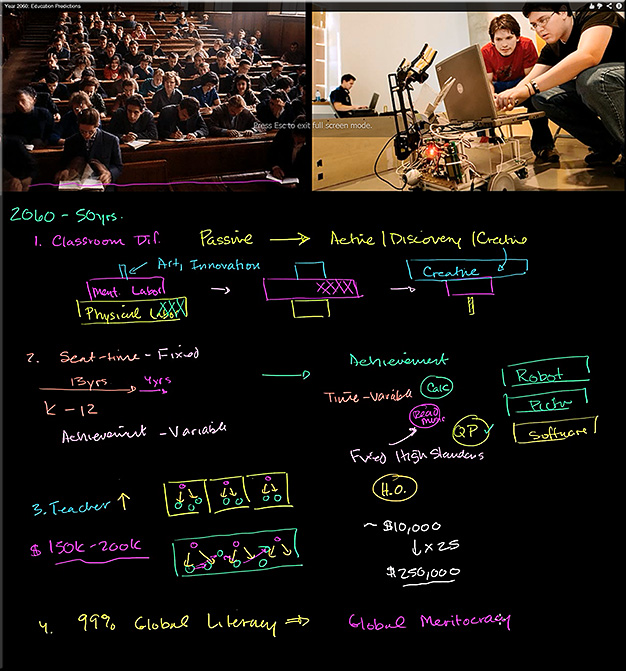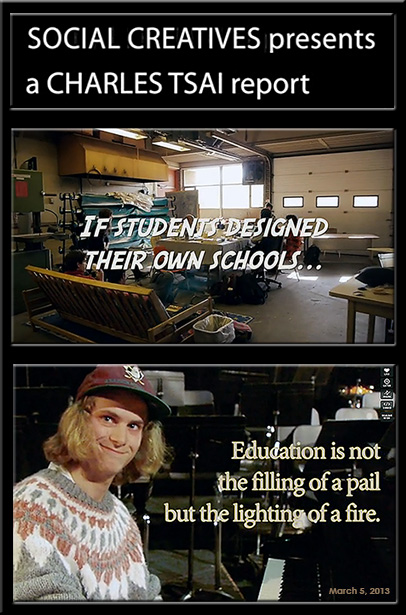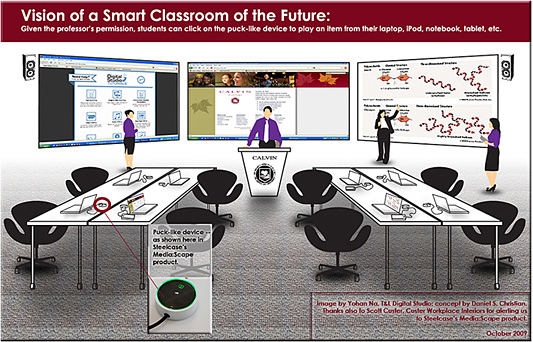Games grow up: Colleges recognize the power of gamification — from edtechmagazine.com by Jacquelyn Bengfort
Universities enliven education through the power of play.
.
MOOCluhan: Using McLuhan to understand MOOCs — from computinged.wordpress.com by Mark Guzdial
Excerpt:
“Anyone who tries to make a distinction between education and entertainment doesn’t know the first thing about either.” — Marshall McLuhan
When I first heard this famous quote from McLuhan, I was insulted. Surely, McLuhan must not appreciate high-quality education, that he considers it no better than mass-market education! Now, I have a better appreciation for what that quote is saying, and I realize that what he’s saying is deep and important, and relates to what MOOCs are missing.
A solid list of apps from 21innovate.com — a blog by Brad Wilson, Educational Technology Consultant with the Jackson County ISD (Detroit, MI)
As Brad mentions on his website (emphasis DSC):
Innovate with an iDevice
I’ve evaluated thousands of educational apps so that you don’t have to! Landing in 17 categories, here are more than 150 of the best FREE apps, along with 100+ that will be worth a small investment for many classrooms.
Also see:
APPitic is a directory of apps for education by Apple Distinguished Educators (ADEs) to help you transform teaching and learning.
Also see:









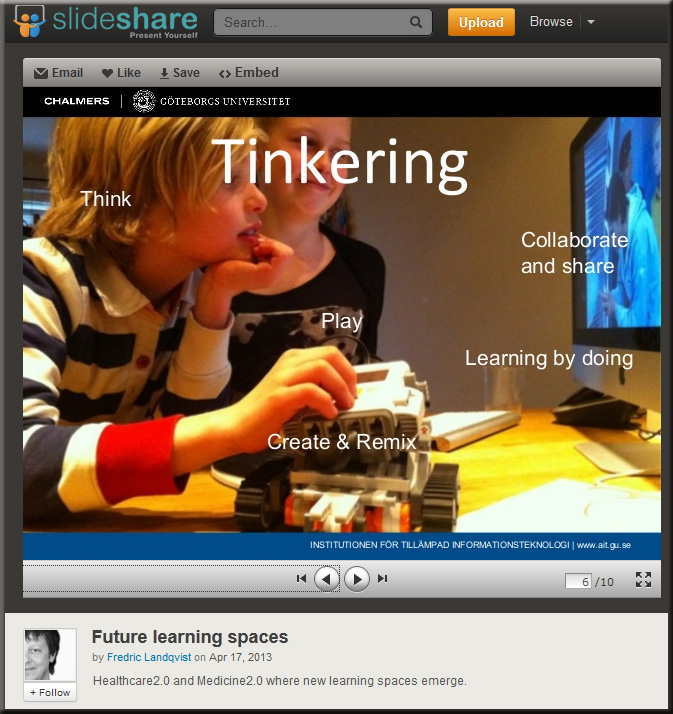

![The Living [Class] Room -- by Daniel Christian -- July 2012 -- a second device used in conjunction with a Smart/Connected TV](http://danielschristian.com/learning-ecosystems/wp-content/uploads/2012/07/The-Living-Class-Room-Daniel-S-Christian-July-2012.jpg)


